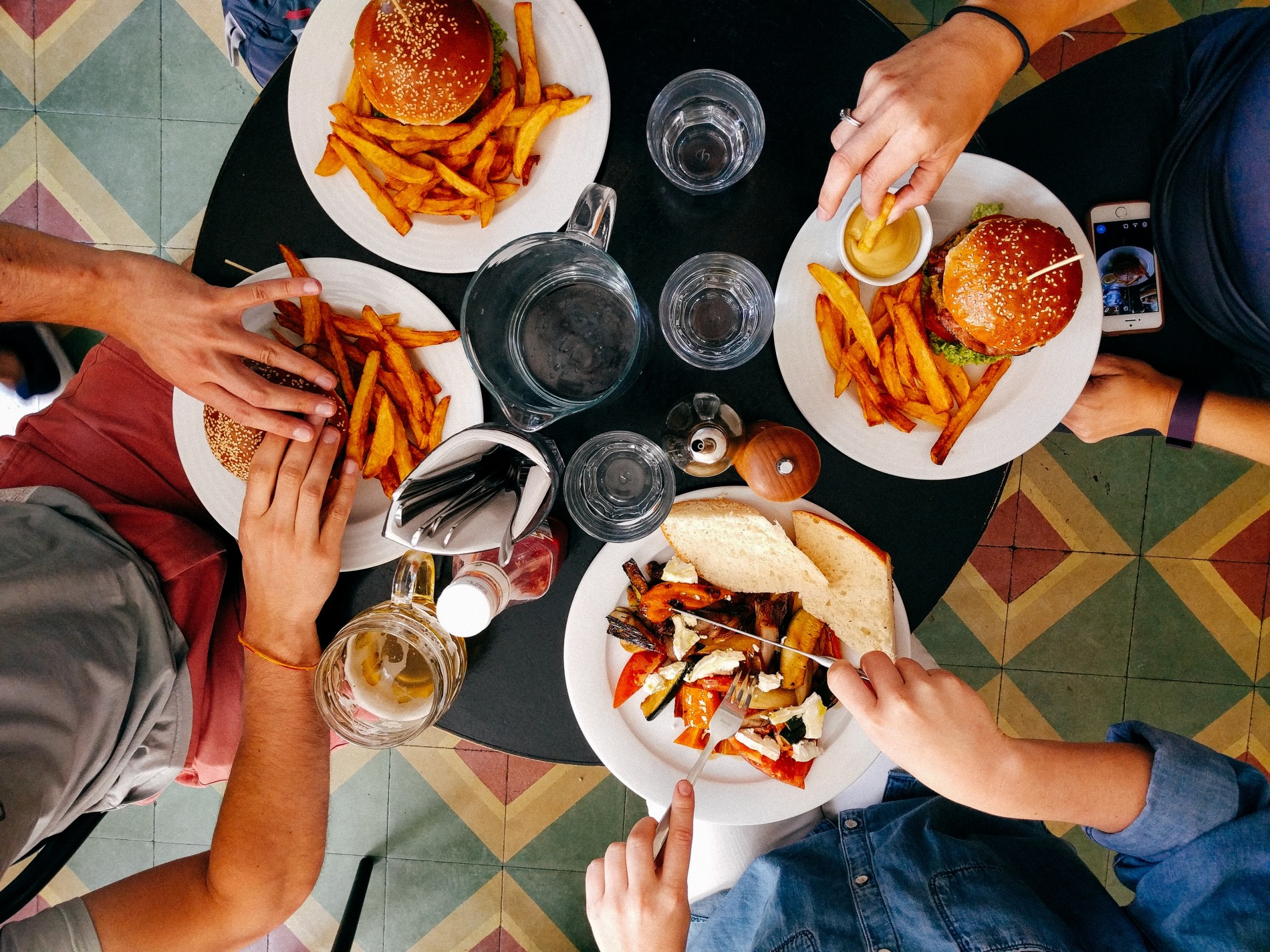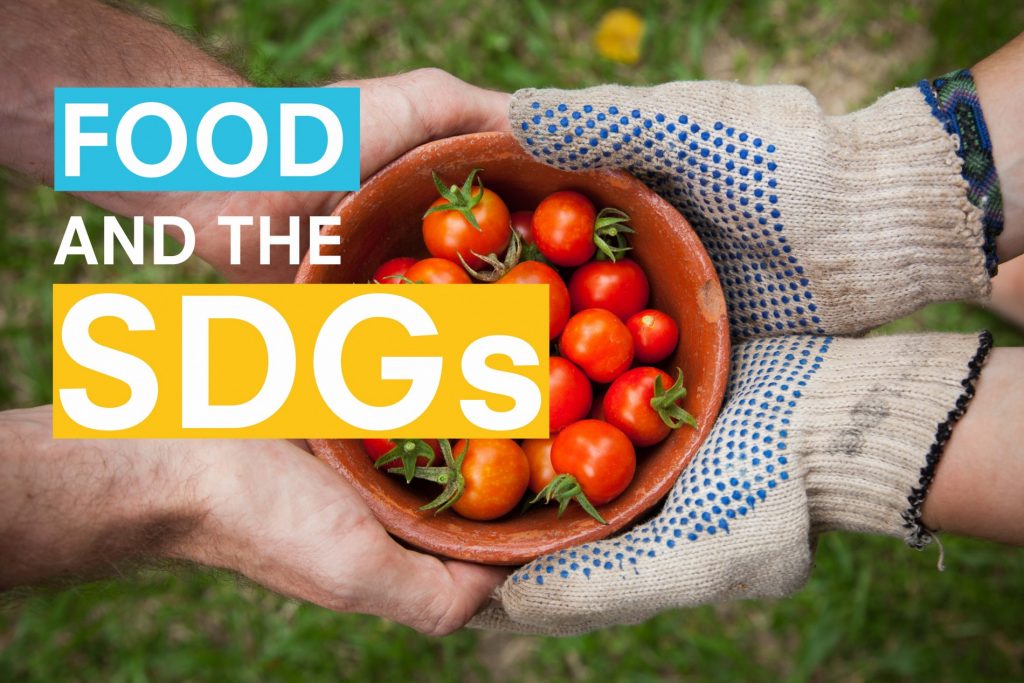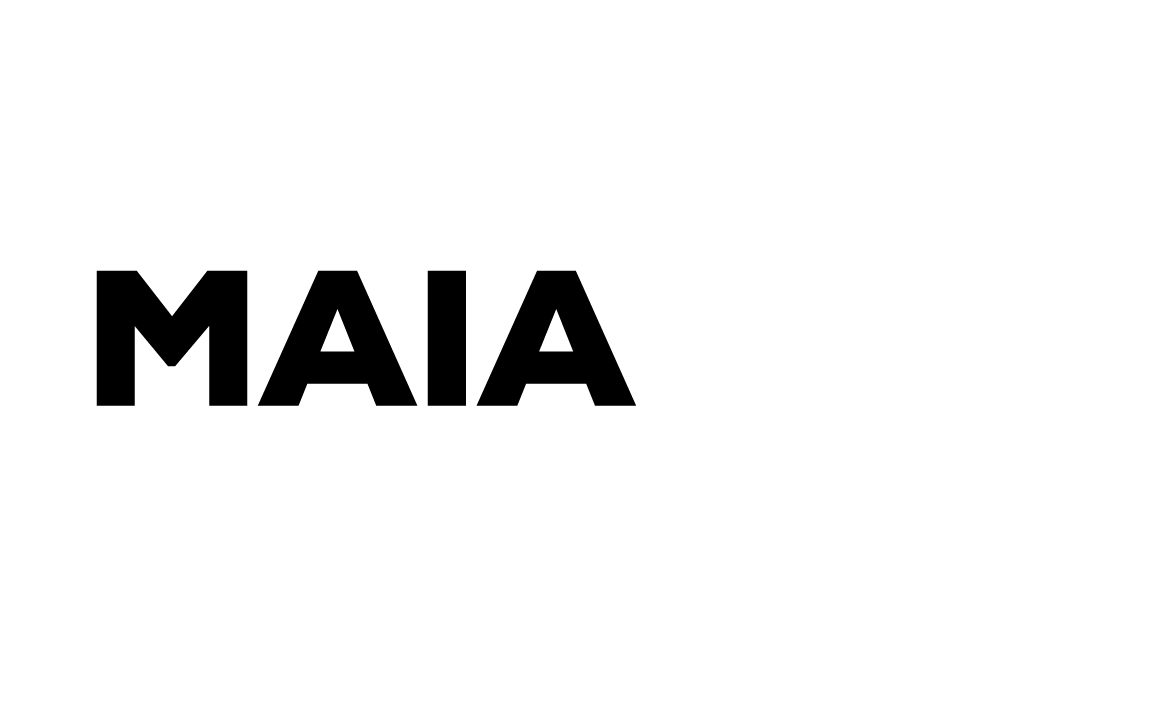
02/09/2019
How to feed 10 billion?
When we start to think about “food and the SDGs” we tend to think first about the SDG #2: Zero Hunger, that aims to end hunger, achieve food security and improved nutrition and promote sustainable agriculture. A recent study led by the Stockholm Resilience Centre, however, concluded that actually all sustainable development goals are directly or indirectly connected to sustainable and healthy eating.
Analising the targets connected to each one of the 17 global goals, it is possible to see clearly how food interconnects economic, environmental and social aspects: hunger, malnutrition, desertification, sustainable water use, loss of biodiversity, overconsumption, obesity, public health and so on.

In 2050 we will need to produce enough food to feed 10 billion people. And not only that, we want to do it while preserving the environment and offering healthy and affordable options to everyone. That challenge is the theme of the temporary exhibition that has opened at the Museu do Amanhã (Museum of Tomorrow) in Rio de Janeiro.
The exhibition presents promising and inspiring initiatives underway. These include projects for sustainable agriculture in forests, deserts and tundras, the development of synthetic meat and the popularization of edible plants that were abandoned over time. The conclusion is that food production and consuption will play a central role in the transition for a sustainable future.

“Encouraging awareness about the act of eating and reflecting on the consequences of food choices is increasingly becoming a social and political stance. Ultimately these choices impact our society and the world”.
Leonardo Menezes and Luiz Alberto Oliveira, from the Museu do Amanhã’s curatorship team.
Here you can find some data from the exhibition:
- If the current consumption rate continues, by 2050 we will need 40% more water and 60% more food than today.
- It is estimated that by the end of this century there will be a 10% increase in the area of deserts and arid lands, challenging traditional agriculture systems in the affected regions.
- There are already more than 1700 seed banks worldwide, which store plant materials to preserve future biodiversity. The largest of them, the Svalbard Global Seed Vault, contains more than 4000 species.
- Currently, 2/3 of the area devoted to food production in the world is occupied by cattle. Between 2010 and 2050, it is estimated that global demand for meat will increase by 88%.
- Fungi, insects and algae are important alternative sources of protein. To obtain the recommended daily intake of protein (50 g), it is necessary to consume 173g of meat or only 98g of algae.
*About us: MAIA for the SDGs is an intensive program that will provide you with tools, skills and a support network to advance the Sustainable Development Goals.
[mailpoet_form id="3"]